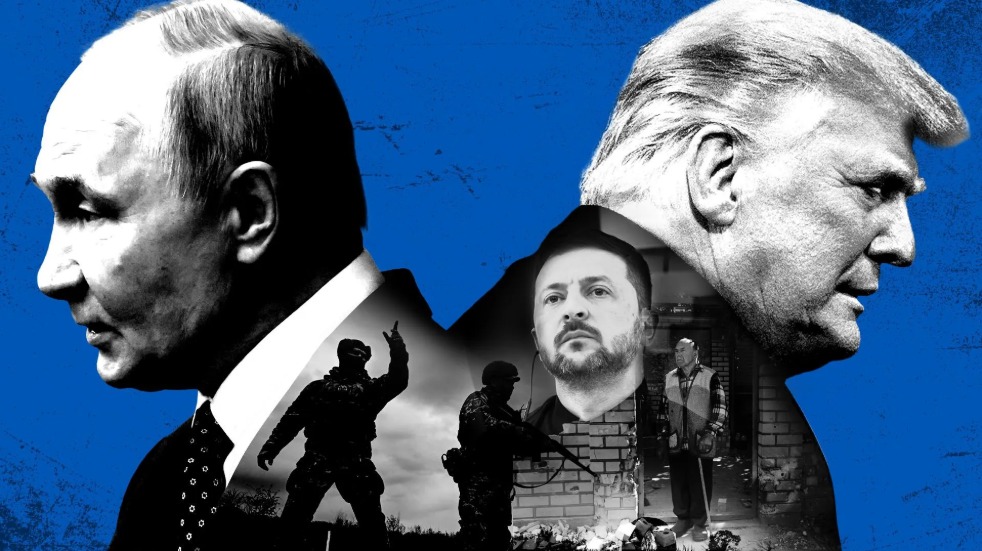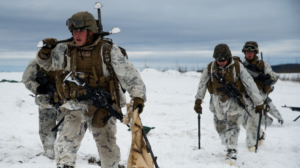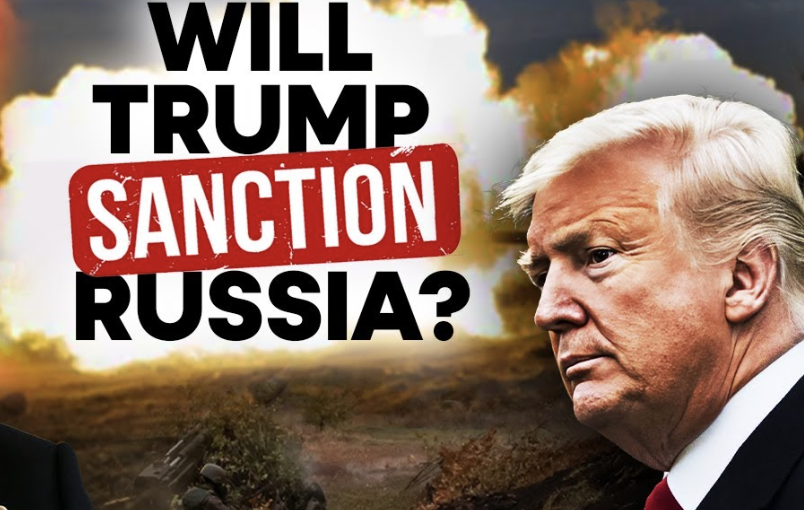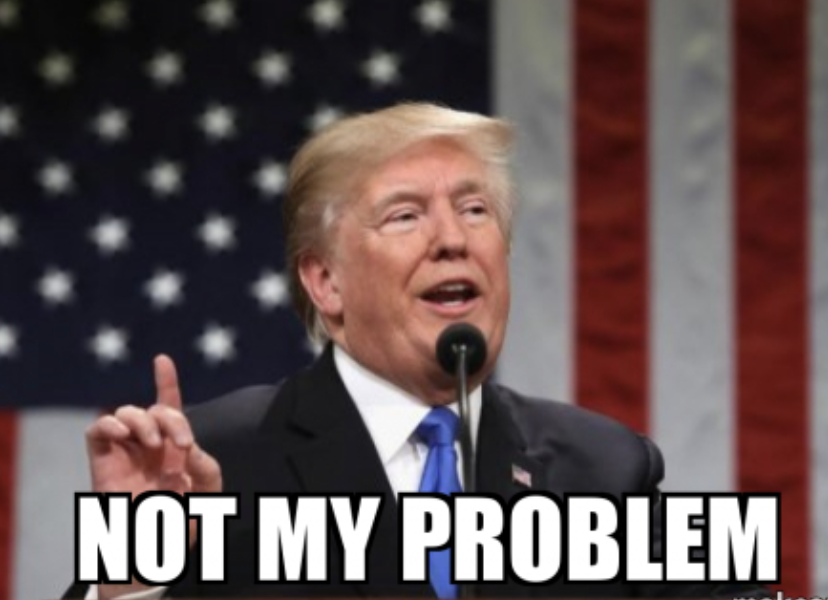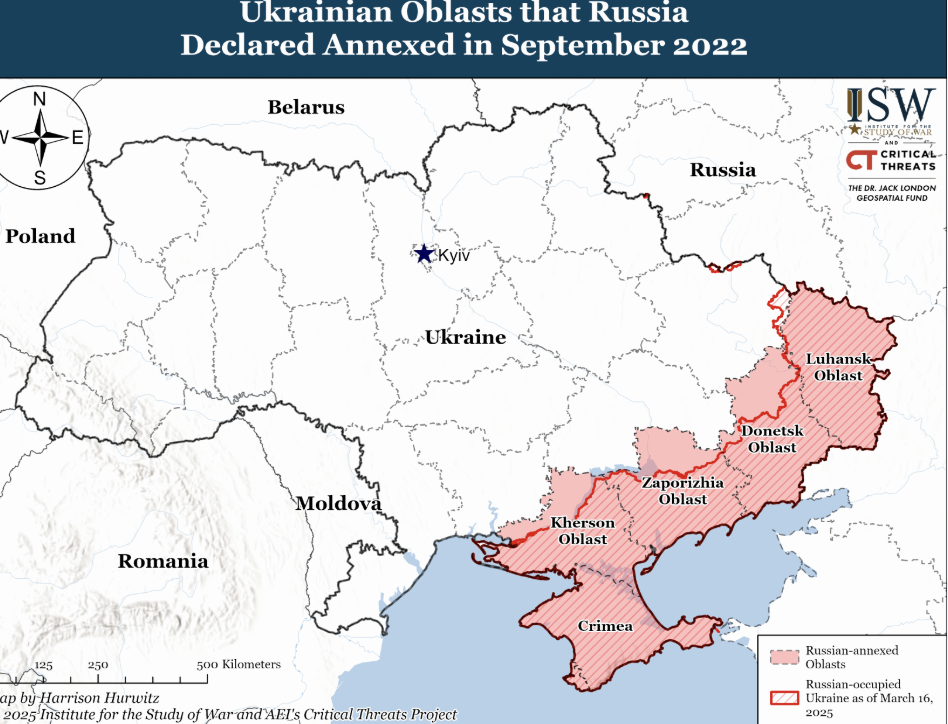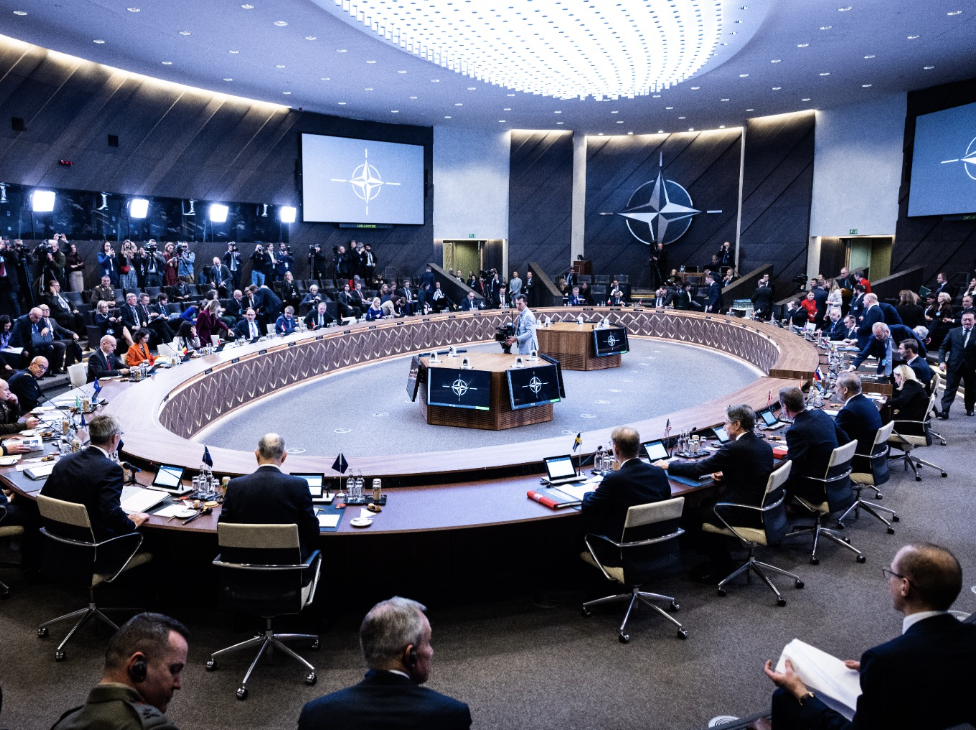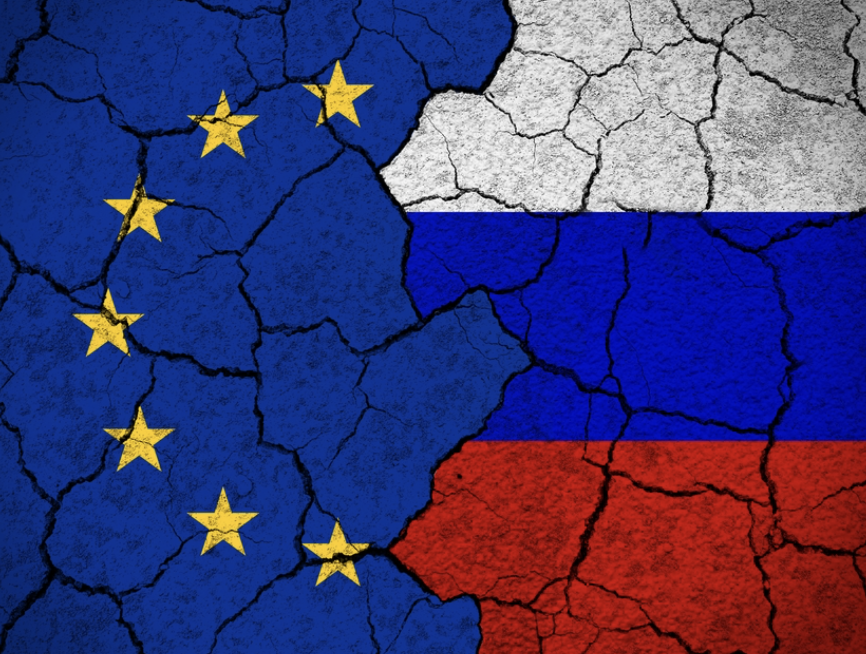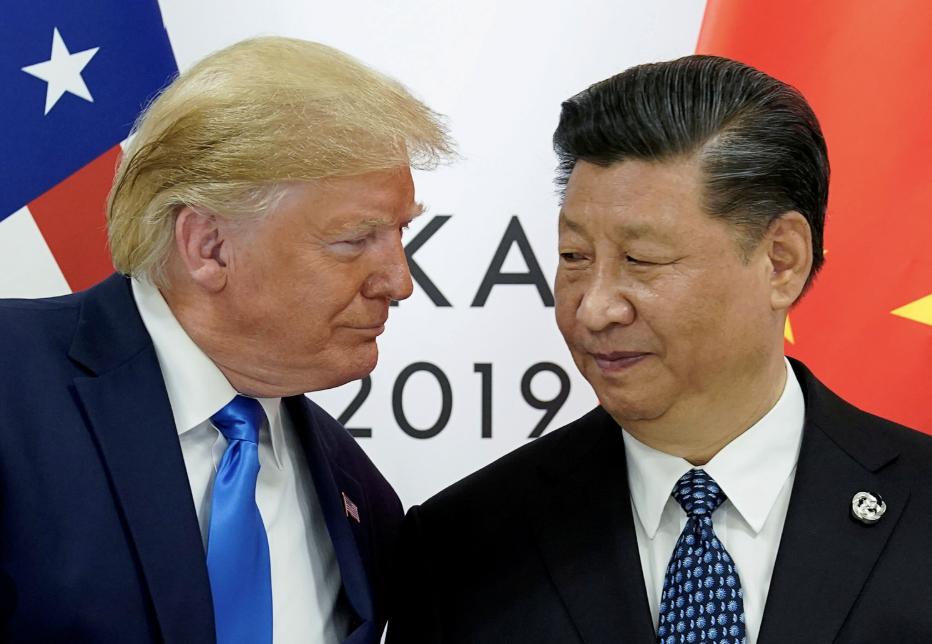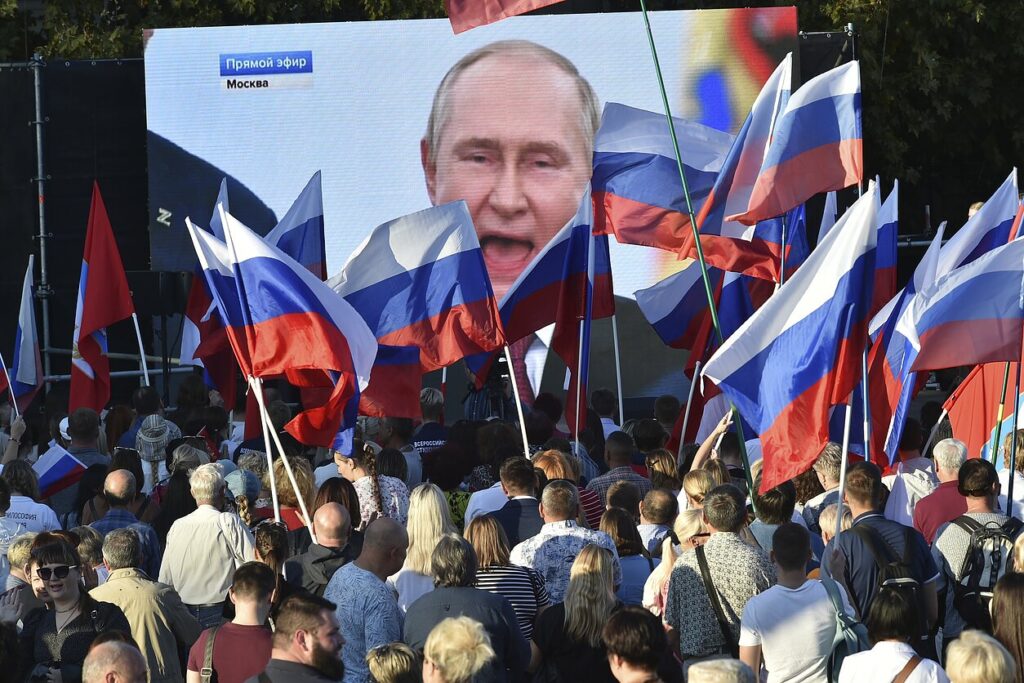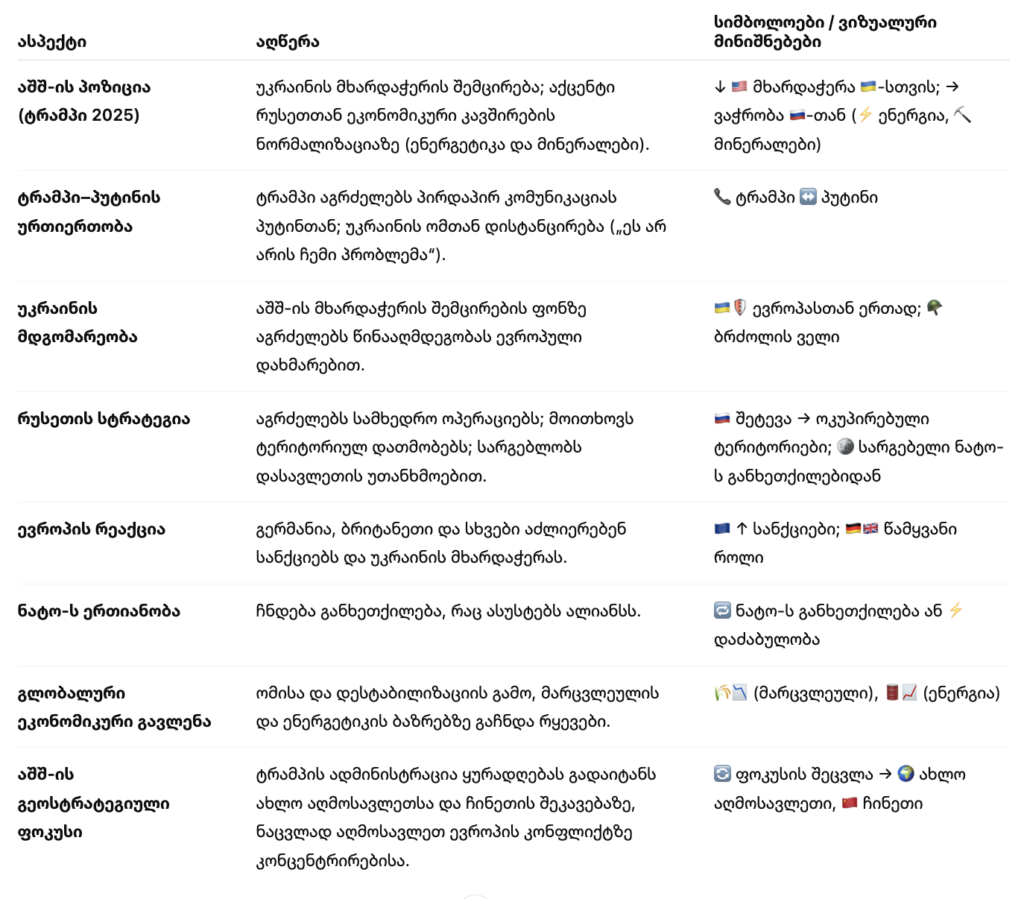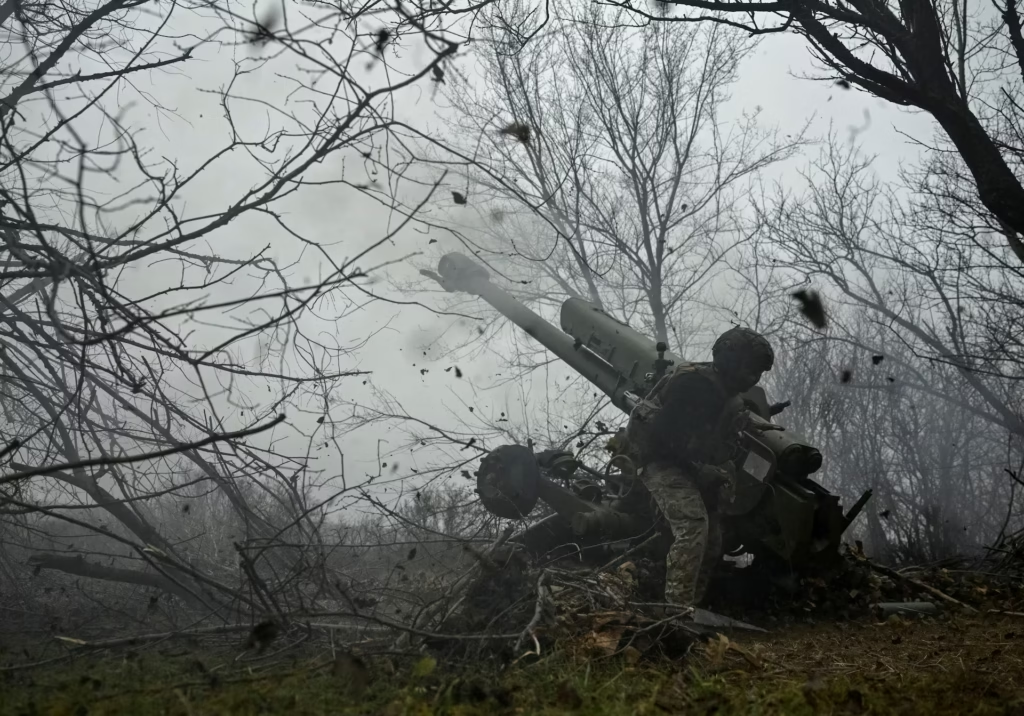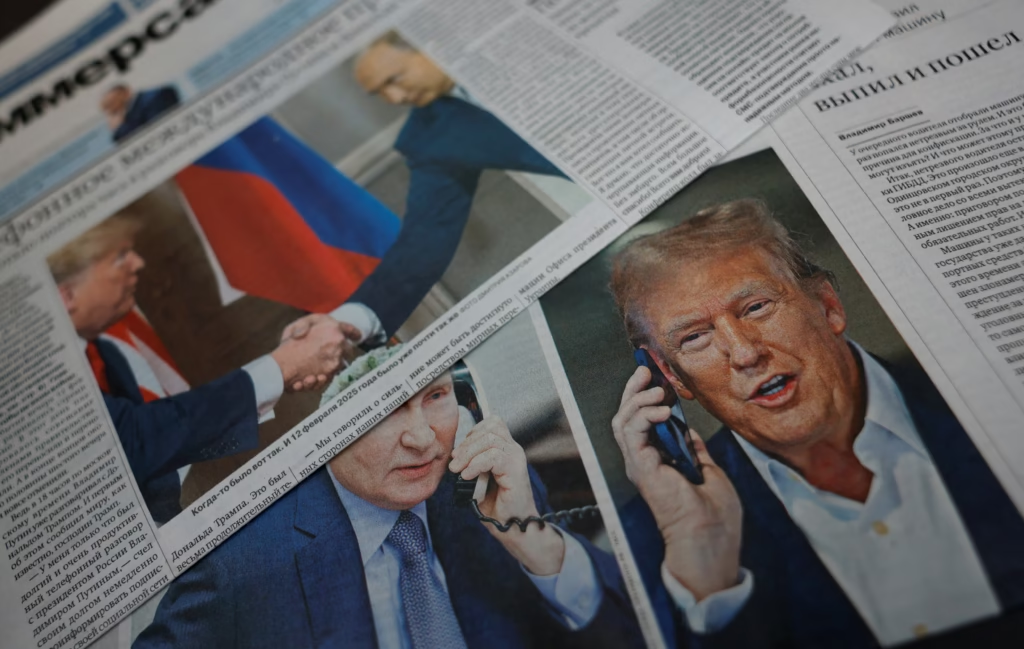Table of contents
As of May 2025, Trump’s Second Term Marks a Shift in Handling the Russia–Ukraine Conflict
Economic Dimensions
Military Implications
Strategic Reorientation
As of May 2025, Trump’s Second Term Marks a Shift in Handling the Russia–Ukraine Conflict
As of May 2025, Donald Trump's second term is marked by significant changes in his approach to the Russia–Ukraine conflict. Trump has refused to participate in new EU-led sanctions initiatives against Russia. Instead, he appears more focused on normalizing economic relations with Moscow, particularly in the energy and rare mineral sectors. This shift seems to stem from his frustration with the slow progress in ceasefire negotiations, which he had previously claimed he could resolve “within 24 hours.”
Trump’s new stance may be interpreted as a form of "this is not my problem". This became clear after a two-hour phone call with Vladimir Putin on May 19, 2025, after which Trump informed Ukrainian President Volodymyr Zelenskyy and European leaders that Russia and Ukraine should resolve the conflict themselves. This statement marked a departure from his earlier position, where he claimed that only he and Putin could reach an agreement. However, Putin’s refusal to agree to an unconditional ceasefire, including his demand that Ukraine cede four regions, has obstructed Trump's plans.
Trump's decision to avoid supporting new sanctions has caused discord within NATO. European leaders, including German Chancellor Friedrich Merz and UK Foreign Secretary David Lammy, continue to advocate for stronger sanctions against Russia, emphasizing the need for an unconditional ceasefire and a just peace. This rift poses a serious challenge to NATO and European unity, which ultimately benefits Russia.
Economic Dimensions
The conflict has disrupted global markets, particularly in the energy and food sectors, due to Ukraine’s critical role as a major grain exporter. Trump’s desire to increase trade with Russia suggests a priority to leverage Russian energy and mineral resources for American companies, though he emphasizes that such deals will not occur until a peace agreement is reached.
Military Implications
Since Russia launched its “special operation” in 2022, the war has evolved into a protracted conflict. Russia’s initial gains were offset by Ukraine’s sustained resistance, largely supported by Western—especially American—military aid. However, Trump’s new position, which involves scaling back support for Ukraine, threatens Kyiv’s ability to defend itself.
European nations, particularly the UK and EU, continue to support Ukraine, including the implementation of new sanctions on Russia’s military, energy, and financial sectors. Yet the US withdrawal from this collective effort weakens the Western front, allowing Russia to continue military operations alongside negotiations, and to gradually occupy more territory.
Strategic Reorientation
Trump’s decision to withdraw support for Ukraine and focus on economic ties with Russia, the Middle East, and countering China has weakened Western unity, yet it may have brought the conflict closer to an endpoint—something that was elusive under the previous US administration.
Resolving this conflict requires not only analyzing current positions on the ground, but also examining the deeper roots of the war—an essential step if the world hopes to prevent similar crises in the future.
